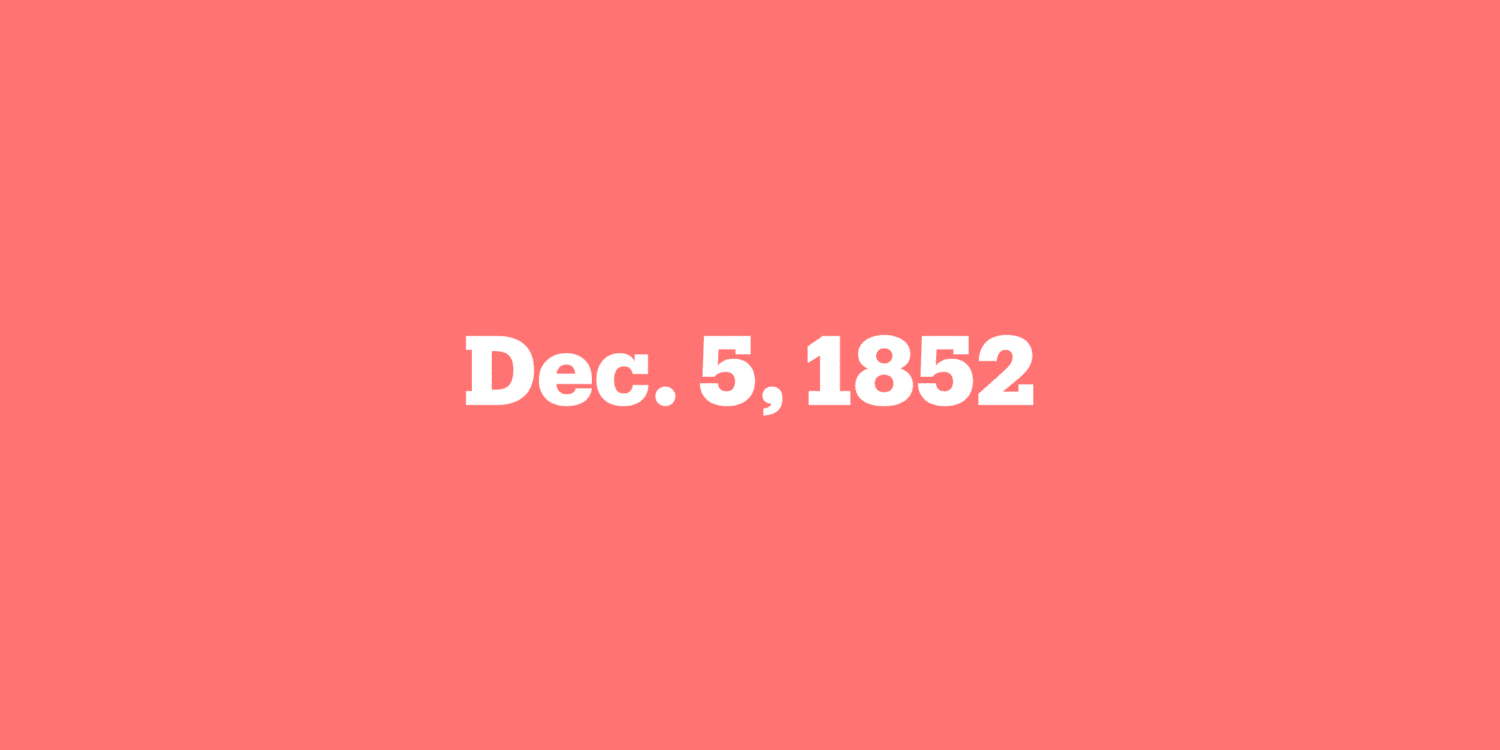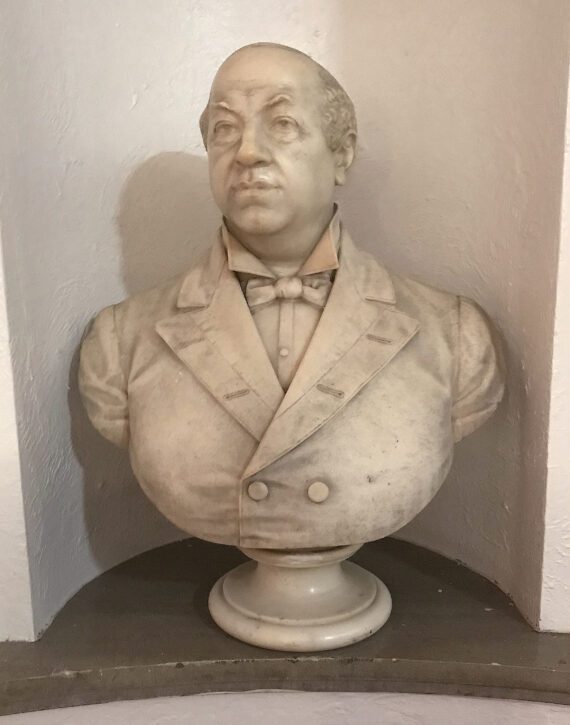
Dec. 5, 1852: What Kind of School Should the Congregation Have?
Fast Facts
-
BJ’s first attempt at religious school education was with a full-time preparatory school in 1852.
-
The next attempt involved a Sunday school, later adding weekday afternoon sessions.
-
At its height, 300 students attended the synagogue’s religious school.
When B’nai Jeshurun was formed in the 1820s, the assumption was that the majority of children would receive their education from private tutors hired by their families. The cost of religious education was not considered a congregational expense. The only money raised by the congregation in the early years was for contributions to charitable educational organizations such as Lomde Torah: the Society for the Education of Orphan Children, for children who had no family, or whose family was too poor to provide for education.
By 1850, however, a changing attitude among congregants recognized “the imperious necessity of establishing a school for the education of the children of this Congregation.” On December 5, 1852, the B’nai Jeshurun Educational Institute was opened as a preparatory school for college. Included in the Hebrew curriculum was reading, writing, grammar, translations of prayers, scripture, and biblical history. The English curriculum included history, reading, writing, ciphering (i.e. arithmetic), grammar, geography, penmanship, composition, and elocution. Girls were also taught needlework. The school had eight teachers, and the hours of instruction were 9:00 AM to 4:00 PM. The Board of Trustees was responsible for the Educational Institute financially, and raised money for funding through tuition and donations. The school’s first year was a success, with 140 students enrolled—96 boys and 44 girls—of whom two-thirds were from the congregation. The school’s curriculum and facilities were considered an exemplary model for others. However, the success was short-lived. With a rise in costs and the popularity of public schools, attendance declined. By the end of 1855 the decision was made to close the Educational Institute.
In 1862, BJ made another attempt to provide religious education, this time as a supplement to public school education, with the opening of a Sunday school focused on Hebrew and religious subjects. In 1868, Wednesday sessions for teaching Hebrew language were added and, for the first time, the school moved from volunteer teachers to paid teachers. At that time, the school had 200 students.
In 1876, Hebrew sessions on Tuesdays and Thursdays were added; about 200 students attended on Sundays and 80 on weekdays. In 1878, a school library was established, and Hebrew classes were held in the rabbi’s home. The school year would end with exams, and prizes were awarded to the best students. By 1897, the Sunday school attained its largest enrollment with 300 students. In 1902, under the guidance of a recently appointed Rabbi Joseph Mayor Asher, the school became one of the first to introduce a new method of learning Hebrew, ivrit b’ivrit. But the gap between Rabbi Asher—who wished for a more Orthodox service—and the congregation was growing, and he resigned in 1905. Religious school attendance began to decline. In 1910, Rabbi Judah Magnes attempted to reorganize and revive it under the auspices of his newly created Kehillah but had little success.
It was not until the arrival of Rabbi Israel Goldstein in 1918 that the religious school began to grow again. Classes were initially held in the new West 88th Street building, but the space proved inadequate and nearby houses were acquired, with classes ultimately moved to the newly built West 89th Street community center. The largest group of students attended only on Sundays, but there were also Tuesday and Thursday sessions with attendance required for all Confirmation students. One of the requirements for Confirmation for both girls and boys was the ability to read the Hebrew prayers and translate some of the more important ones. In 1921, a high school division was added; and 1922 saw the introduction of the first junior congregation, where religious school pupils met for Sabbath morning services. In 1923, a High Holy Day junior congregation service was introduced. By 1925, the religious school again had 300 students.

Source
Israel Goldstein, A Century of Judaism in New York: B’nai Jeshurun 1825–1925
BJ: The First 100 Years: 1825–1925
This essay was first published in an exhibition as part of BJ’s bicentennial celebrations.
Discover moments that defined BJ’s initial century: political protests, educational innovations, impassioned membership debates, and architectural milestones.

